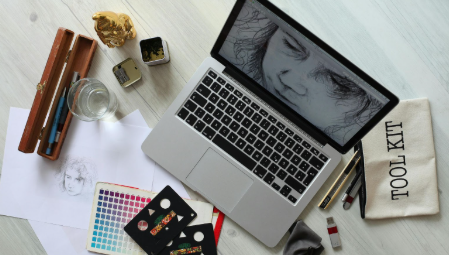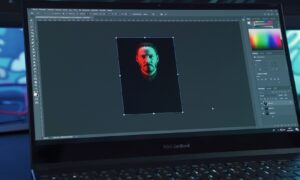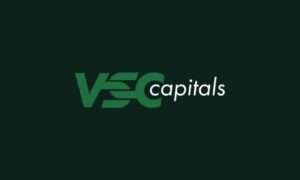In today’s creative landscape, artificial intelligence is becoming a trusted ally rather than a rival. For traditional artists, AI image generators are not meant to replace hand-drawn sketches but to enhance the creative process, offering new perspectives and speeding up the early stages of concept development.
AI as a Creative Partner
Artists are increasingly leveraging advanced AI platforms like Midjourney, DALL-E 3, and CGDream to transform detailed text prompts into captivating visual concepts. These tools allow them to generate initial sketches directly from descriptive phrases and then refine their ideas further. For example, an artist can upload a rough sketch and use text-based commands to adjust details, colors, and textures, turning a basic drawing into a polished digital rendering. Using an AI tool to create images empowers creators to experiment with various styles and iterations quickly, streamlining the creative process while opening up new possibilities for artistic expression.
This rapid ideation process allows for:
- Exploration of Multiple Styles: AI can emulate a wide range of techniques, from watercolor and oil painting to digital abstraction and low poly art.
- Iterative Refinement: Artists can use AI outputs as rough drafts and then apply traditional methods to fine-tune details. The process becomes a conversation between human intuition and machine suggestions.
Blending Traditional Techniques with AI Innovation
While traditional art methods offer unmatched control and precision, they can be time-consuming, especially during the brainstorming phase. AI-generated images provide a fast, cost-effective way to test various ideas before committing to a final design. A practical workflow might include the following steps:
- Conceptualization: Define your visual goal. Consider the subject, mood, and style you wish to achieve.
- Prompt Engineering: Write detailed prompts that include style cues, artistic references, and desired backgrounds. Experiment with adjectives like “ultra-detailed” or “soft lighting” to steer the output.
- Iteration: Evaluate initial AI outputs, adjust your prompt as needed, and select the version that best matches your vision.
- Integration and Post-Processing: Use traditional digital tools (such as Photoshop or Illustrator) to polish the selected AI-generated image, blending the best of both worlds.
Many artists now benefit from techniques where sketching enhanced by AI provides a robust foundation that can later be built upon with manual digital editing. This approach streamlines the creative process while preserving the artist’s personal touch.
Real-World Applications and Industry Trends
The intersection of AI and traditional art is already visible in various cultural exhibitions and art events. Institutions like the National Gallery X and LAS Art Foundation are showcasing works where AI-generated elements complement hand-drawn techniques. Meanwhile, AI image generators are making it easier for independent artists and content creators to access professional-quality visuals without heavy financial or technical investments.
For instance, AI tools have proven especially useful for:
- Brainstorming and Concept Development: Quickly generating visual ideas that serve as inspiration for more detailed work.
- Mixed Media Projects: Combining AI outputs with manual sketches to create layered, textured pieces.
- Design Experimentation: Allowing artists to explore unconventional styles or reimagine traditional forms in a digital format.
Despite concerns about copyright and the need for ethical guidelines, many artists see AI as a way to unlock their creative potential while preserving the irreplaceable human touch. They use these tools not only to generate ideas but also to experiment with styles and techniques that may have been previously out of reach due to time or resource constraints.
Conclusion
As AI continues to assist in the creative process, it empowers traditional artists to expand their artistic horizons while maintaining the essence of human expression. By using AI image generators as part of a blended workflow, artists can quickly explore a variety of ideas, refine them with established techniques, and ultimately create works that reflect both modern innovation and timeless creativity. The sketchbook of the future is not about abandoning the old but about embracing a tool that helps us see our visions more clearly.



































